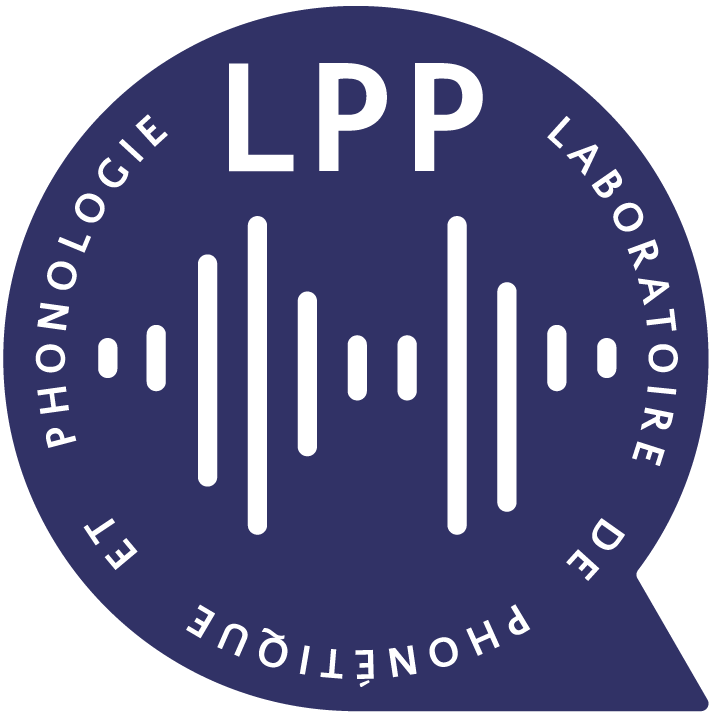Whereas in classical models of speech perception the laws governing perceptual behaviour transform an input signal into an output corresponding to a percept, dynamical models operate via laws of change that modify the current state of the perceptual system based on its previous state and on the external input. Models following this basic principle proved to be quite successful at explaining how the perceptual system combines flexibility and stability as it is required by the interaction with a rich, ever-changing and noisy environment. Experimental evidence supporting this processing principle comes from experiments showing how the behaviour of the perceptual system changes as its exposure to particular stimuli and tasks is systematically manipulated trough time. This same principle is also at the heart of many classical neural network models of speech perception (as TRACE or the ART family models). In this presentation I will review this line of research and I will discuss ongoing work conducted in collaboration with C. Portes of the LPL (Aix-en-Provence) and aimed at extending this approach to the perception of intonation. More specifically, we propose that known effects of the shape of the f0 contour on the perception of tonal alignment are due to the dynamical nature of speech perception. To demonstrate our claim we replicated the results obtained in various published works (e.g. : D’Imperio, 2000 ; Barnes, Veilleux, Brugos and Shattuck-Hufnagel, 2012) through simulations of a very simple dynamical model addressing how the pitch curve is transformed into a sequence of discrete intonational categories : . In this model the current state of the perceptual system is mapped on the value of the variable in the following way : if exceeds a positive threshold an upward pitch movement is perceived, while if it crosses a negative thresholds a downward pitch movement is perceived. The model states that at a given instant the derivative of (i.e. its amount of change) is equal to the derivative of the value weighted by the free parameter , minus a damping term represented by the current value of weighted by the parameter (and determining how fast the perceptual system to returns to a neutral state when the input is removed), plus a random term (representing the noisy component of the perceptual process).
The contribution of dynamics to the perception of tonal alignment : a preliminary model
Leonardo Lancia (LPP, CNRS/Sorbonne Nouvelle)


